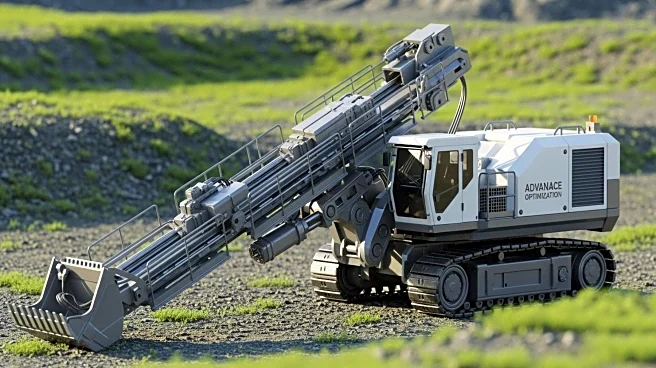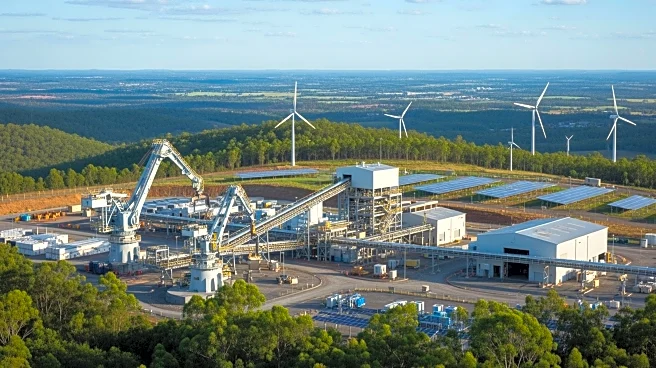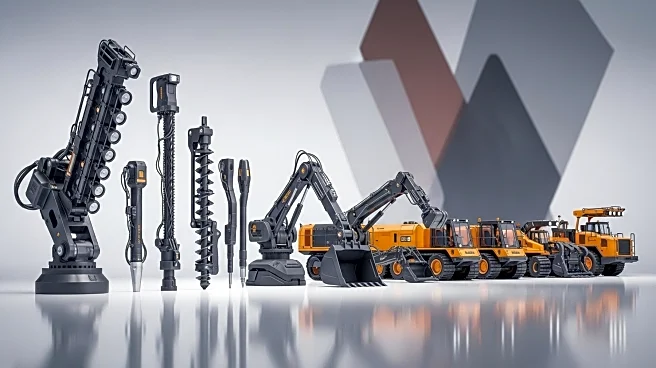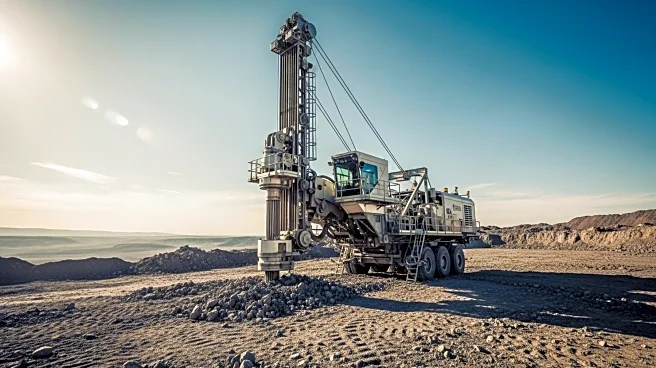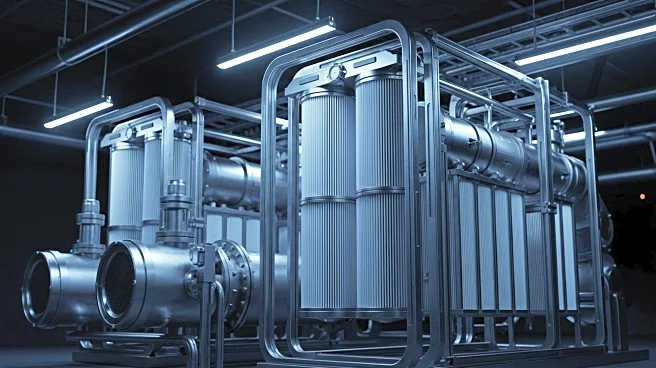What's Happening?
The mining industry is increasingly investing in optimal slope mining technology to address environmental sustainability, operational efficiency, and regulatory compliance. This technology replaces traditional manual design processes with advanced algorithms
that determine the steepest safe angles for mine walls, significantly reducing unnecessary waste rock removal. Companies like Optimal Slope have developed automated software platforms that digitalize mine pit wall design processes, moving the industry away from time-intensive manual calculations toward data-driven operations. These systems utilize complex mathematical models to analyze geological formations, rock mass characteristics, and structural stability factors, processing vast datasets to generate optimal pit configurations that maximize ore recovery while maintaining safety standards.
Why It's Important?
The adoption of optimal slope mining technology has significant economic implications for the mining industry. By optimizing pit slopes, companies can access deeper ore zones with reduced overburden removal, effectively lowering strip ratios and improving project economics. This technology can extend mine life by accessing previously uneconomical ore bodies, reducing equipment requirements for waste handling operations, and enhancing overall profitability. Additionally, the environmental benefits include reduced diesel consumption and emissions, preservation of surrounding ecosystems, and improved water management. As the global demand for critical minerals increases, particularly for clean energy technologies, mining companies that adopt these technologies gain competitive advantages in efficiency, sustainability, and market positioning.
What's Next?
The investment in optimal slope mining technology is expected to expand into critical mining regions such as Australia, Canada, South America, and Africa. These areas are essential for both local economies and global clean energy supply chains. The technology's ability to reduce excavation volumes and improve operational efficiency aligns with industry decarbonization objectives and investor expectations regarding Environmental, Social, and Governance (ESG) performance criteria. As demand for critical minerals like lithium continues to grow, mining companies that implement these technologies will be better positioned to meet market needs while maintaining environmental responsibility.
Beyond the Headlines
The integration of machine learning and digital twin technology in slope optimization systems represents a significant advancement. These technologies enable real-time monitoring and optimization recommendations, enhancing predictive accuracy and design recommendations. The mining industry faces challenges in transitioning from traditional manual engineering practices to algorithm-driven methodologies, requiring comprehensive change management strategies. Successful adoption involves executive sponsorship, structured training programs, and systematic integration with established operational procedures. As the industry evolves, companies that embrace these technologies will lead in sustainable extraction practices and technological innovation.
